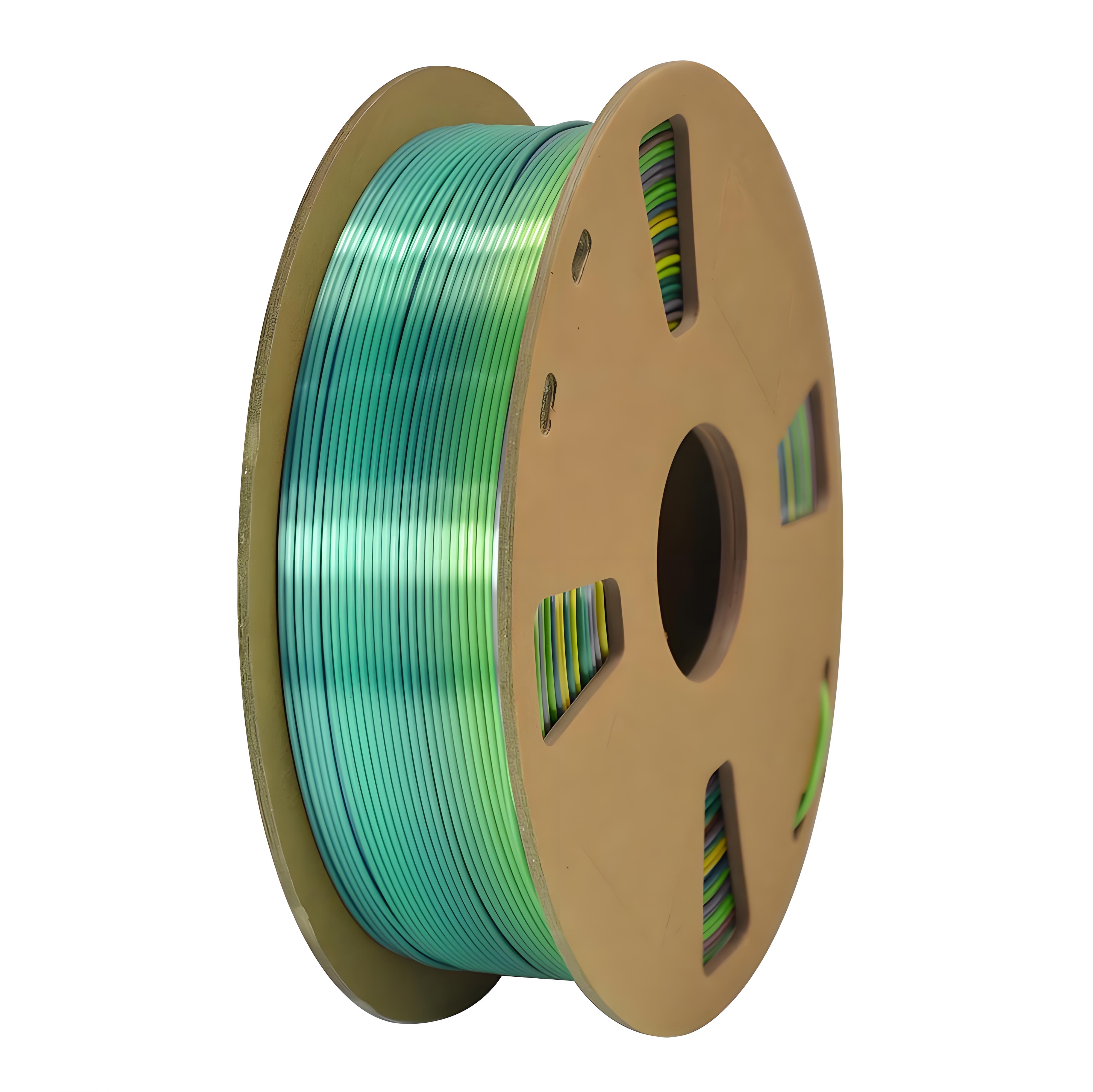3D Printing Pen Filament is the lifeblood of handheld 3D drawing tools, designed to enable freeform creation, repairs, and artistry. Unlike traditional 3D printer filaments, these materials are optimized for manual control, balancing ease of use with reliable performance for users of all skill levels.
The most common types are PLA and ABS, chosen for their suitability in pen applications. PLA Filament is the go-to for beginners, with a lower melting point (180–210°C) that ensures smooth extrusion and quick cooling. It’s odorless, less prone to jamming, and produces minimal fumes, making it safe for home or classroom use. ABS, while requiring slightly higher temperatures (210–240°C), offers greater flexibility and durability, ideal for projects needing sturdier finishes or minor structural support.
3D Printing Pen filaments come in a vast array of colors, from vibrant primaries to pastels, metallics, and even glow-in-the-dark or translucent variants. They’re typically sold in 1.75mm diameter spools—standard for most pens—ranging from 10m to 100m lengths, allowing for extended creative sessions without frequent refills.
A key advantage is their user-friendly nature. These filaments are formulated for consistent flow, reducing clogs and ensuring even material deposition as users draw in 3D space. Quick cooling is critical; the filament solidifies rapidly after extrusion, letting creators build layers immediately without waiting, essential for maintaining the shape of intricate designs.
Specialty filaments further expand possibilities. Flexible variants (like TPU) add elasticity, perfect for creating bendable accents or prototypes. Conductive filaments enable basic electronic art projects, while color-changing options react to heat or light, adding interactive elements to creations.
Proper handling enhances performance. Filaments should be stored in dry conditions to prevent moisture absorption, which can cause popping or uneven extrusion. Users should avoid overloading the pen’s feed mechanism and ensure the filament is loaded correctly to prevent jams.
Applications are diverse: artists use them for 3D paintings and sculptures; educators for interactive learning tools; DIY enthusiasts for repairing plastic items or customizing objects. They’re also popular in cosplay for adding details to costumes and props.
In summary, 3D printing pen filament empowers creative freedom by combining accessibility with versatility. Whether for beginners exploring 3D art or experts crafting intricate details, these materials make handheld 3D creation intuitive, engaging, and endlessly adaptable to any project.



